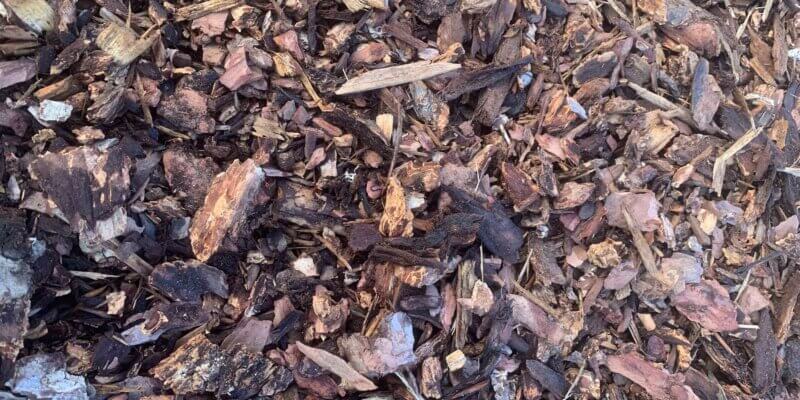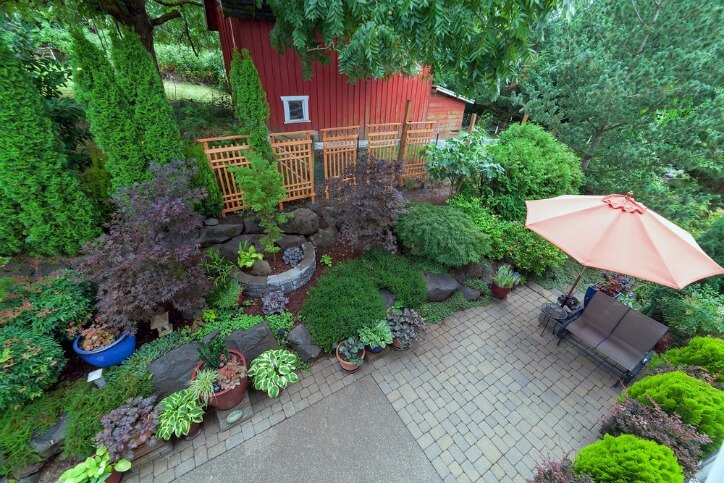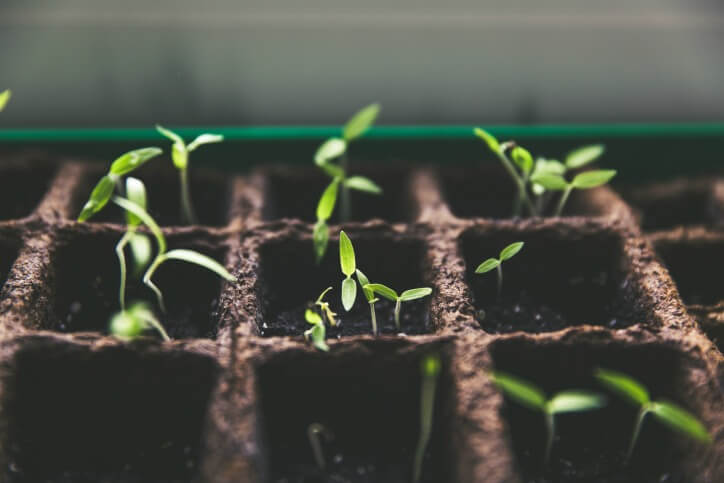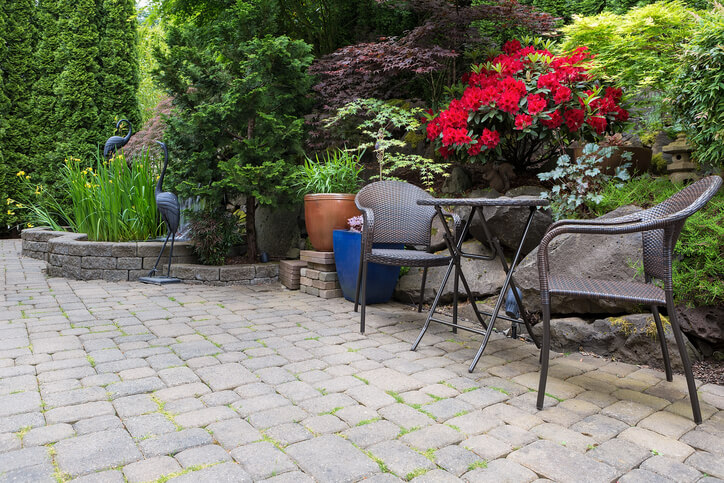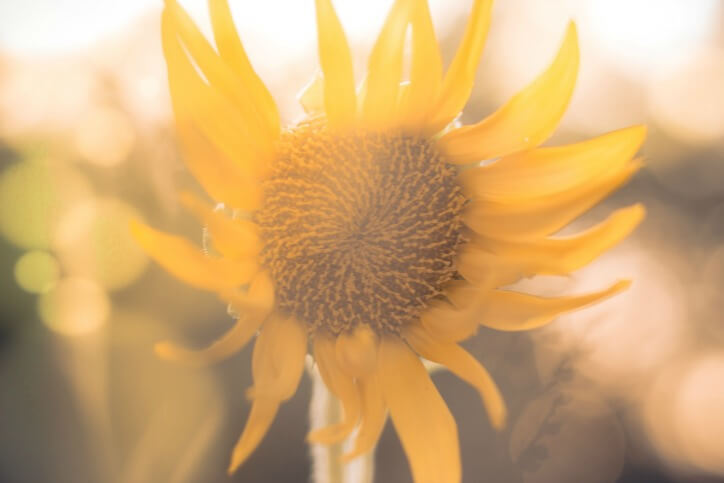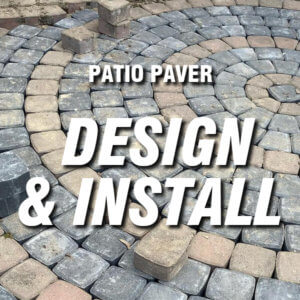In Alberta, the recommended thickness for applying bark mulch in a flower bed is typically between 2 to 4 inches (5 to 10 cm). This thickness provides sufficient coverage to reap the benefits of mulching while allowing for proper air and water circulation in the soil.
Here are a few considerations regarding mulch thickness
Weed suppression
To effectively suppress weed growth, it is essential to apply a thick enough layer of mulch. A 2 to 4-inch thickness helps smother weed seeds and prevents them from receiving enough sunlight to germinate.
Moisture retention
A mulch layer of 2 to 4 inches is generally effective in retaining moisture in the soil. It helps reduce water evaporation and maintains a more consistent level of soil moisture, which is particularly valuable in Alberta’s climate.
Organic matter decomposition
Over time, the bark mulch will decompose and contribute organic matter to the soil. A thicker layer of mulch allows for a gradual breakdown, enriching the soil with nutrients and improving its structure.
Aesthetics and plant health
Applying a proper thickness of mulch enhances the visual appeal of the flower bed while providing insulation and protection to the plant roots. It helps regulate soil temperature, prevents erosion, and supports healthy plant growth.
It’s important to note that excessive mulch thickness can create problems such as reduced air circulation, moisture retention leading to over-saturated soil, and potential root suffocation. Therefore, it’s recommended to maintain the mulch layer within the suggested range of 2 to 4 inches for optimal results.
Kerry’s Tip: At the trunk, start with a thin layer of mulch to allow sufficient airflow. Moving away from the trunk, the mulch can get thicker increasing to 3-4 inches in the spaces between the plants.
Want more tips and tricks for yard and property maintenance? Follow us on Facebook!

